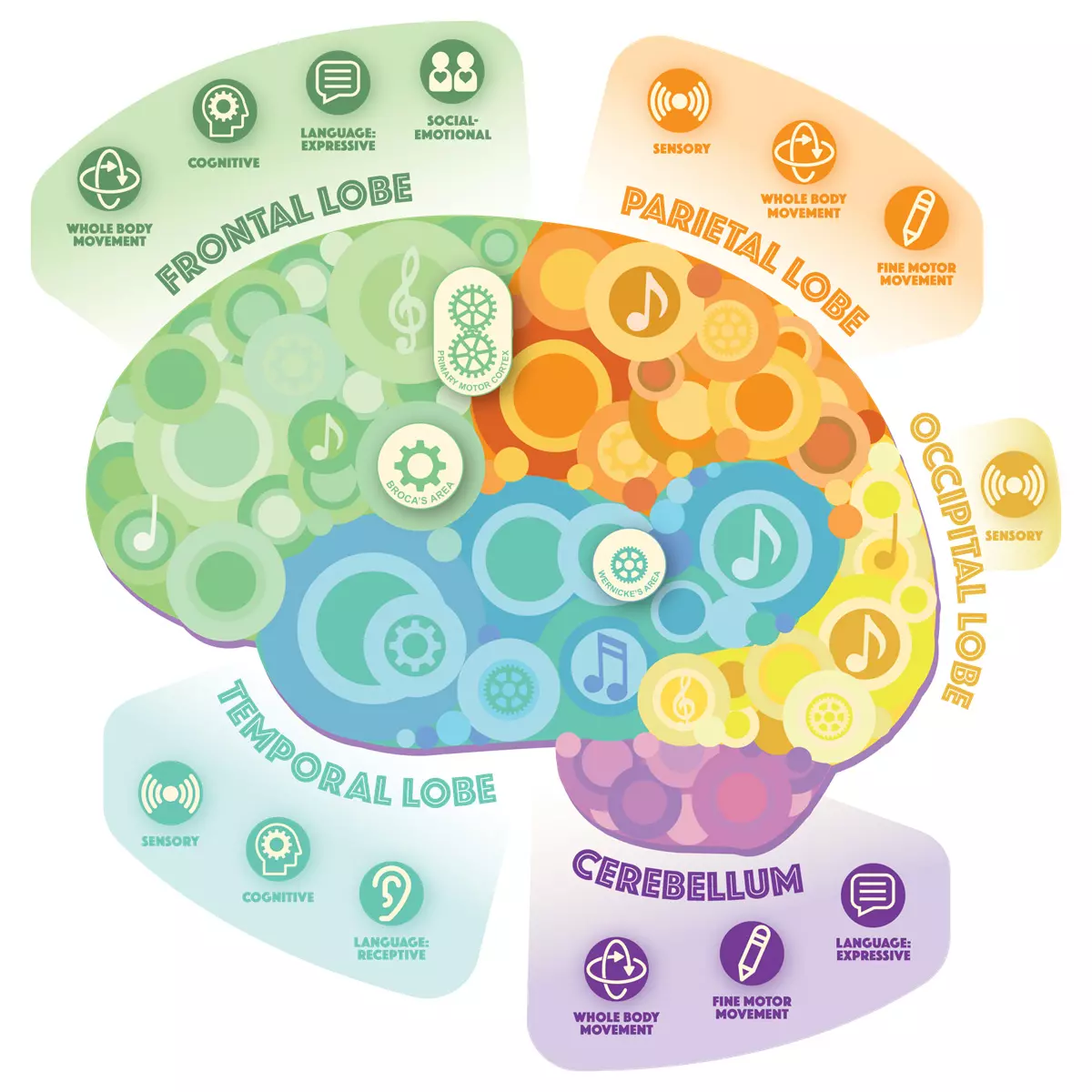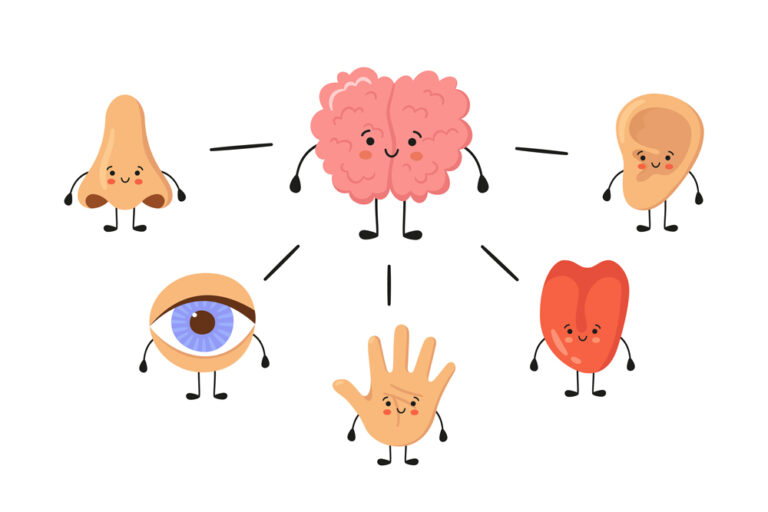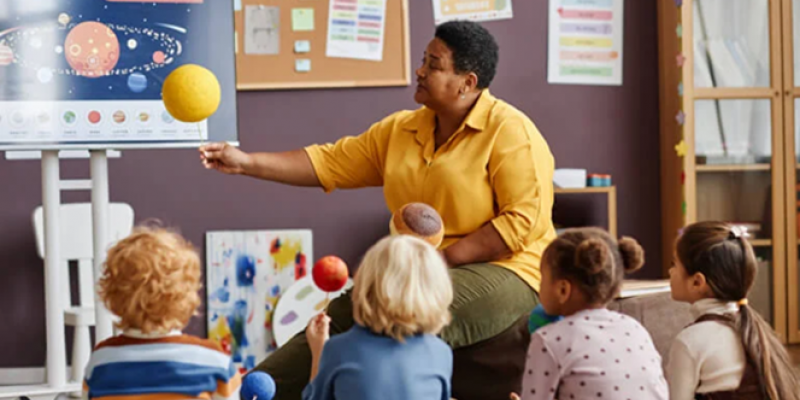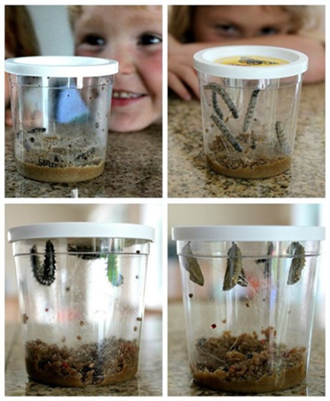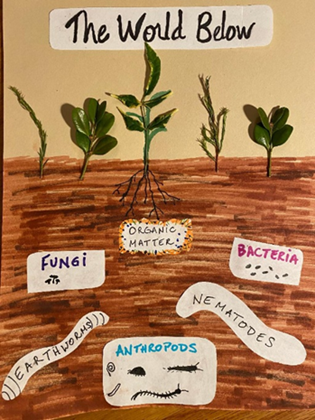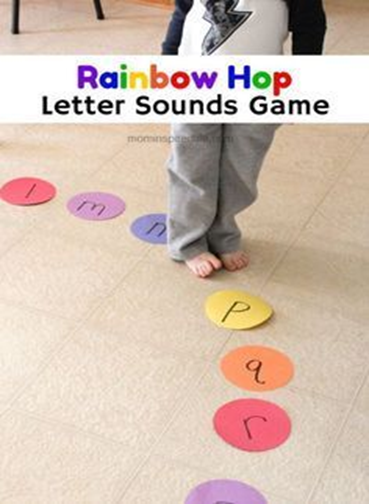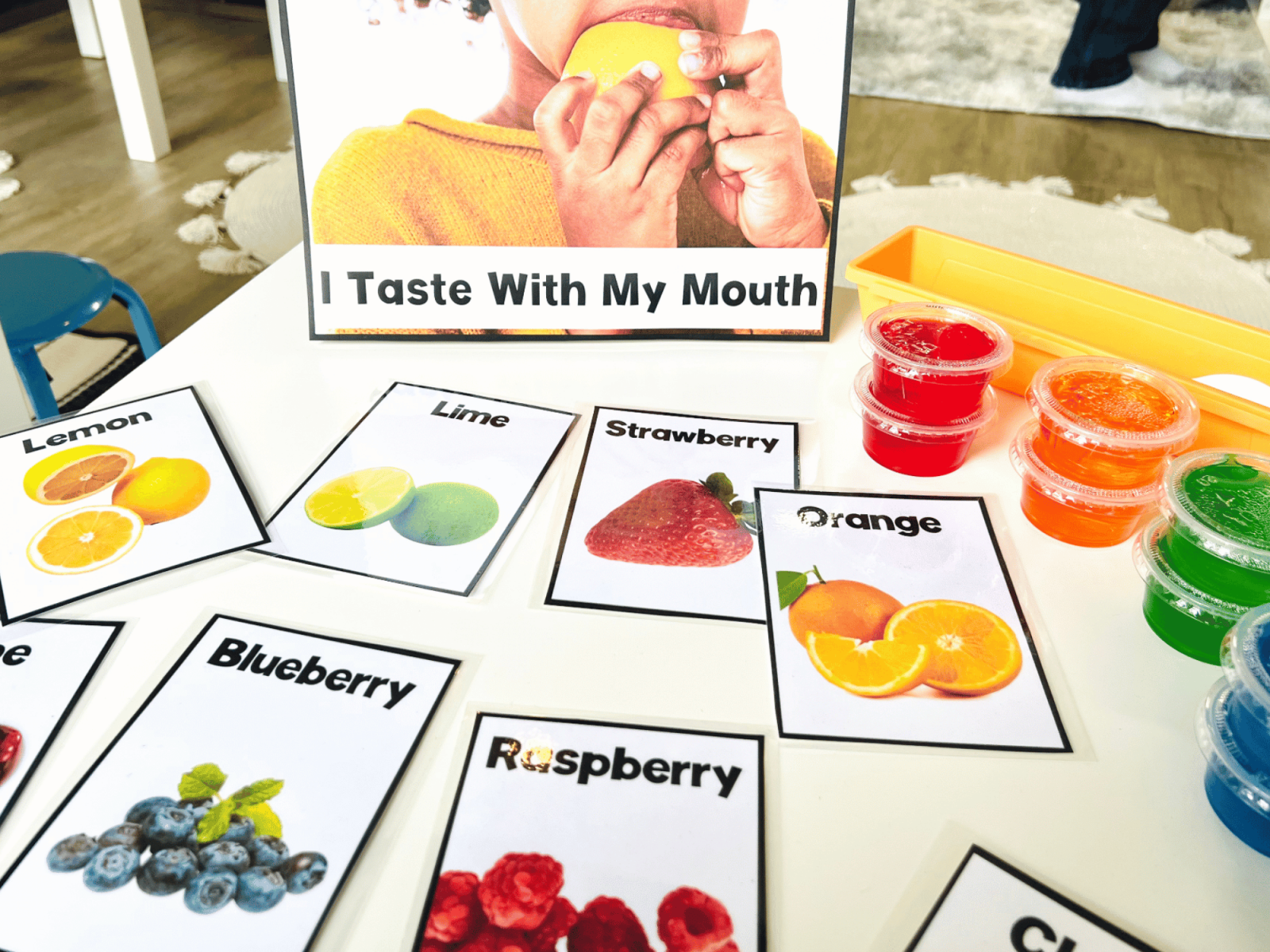Read through the below module and reflect on the content. Think about what you will take away from the module and what you might implement in your own early learning setting.
Once you have read through the module, click on the link to complete the assessment of understanding of the module. You must earn at least an 80% accuracy score to certify your understanding of the module's content.
A completion certificate will be generated once you have read through the module and successfully completed the assessment with at least an 80% accuracy score.


